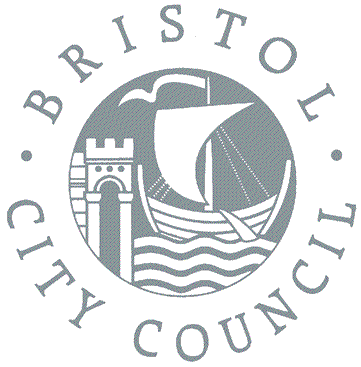Former Soldiers Infirmary, Albion Terrace
Excavation work took place on the site of Albion Terrace, tucked away near the top of Johnny Ball Lane. The terrace of four houses was built in the early 19th century and destroyed by fire during the 1940s. The excavations found the terrace to have been built on top of an earlier building that dated back to the seventeenth century. This building was shown on an 18th-century plan where it was called the Soldiers Infirmary. Most of the ground floor of the Infirmary was re-used as cellars for two of the houses.

Cellar of no 2 Albion Terrace
Both the Infirmary and the terrace made use of building materials from demolished buildings. Fragments of Bath stone were found, including part of a window moulding, and a Pennant sandstone slab with No 10 carved into its surface, which had been built into a wall. Rubbish deposits from the occupation of the Infirmary contained large quantities of pottery, animal bone and clay tobacco pipes dating to the 17th and 18th centuries. These finds are now being analysed by specialists. Initial documentary research has shown that the Infirmary started as a tenement much like any other on Johnny Ball Lane in the seventeenth century, but by the middle of the 18th century was being leased by the Corporation of Bristol to house sick and diseased soldiers. The rent was £5 for 12 months, but when the Infirmary was empty nothing was paid.

Site assistants Darren Lankstead and Heather Hirons recording cellar walls
Tags: infirmary, post-medieval
- Categories
- Events
Excavations
Finds
Survey
BaRAS is registered as an organisation with the Chartered Institute for Archaeologists
All material © copyright BaRAS 2004 – 2016




